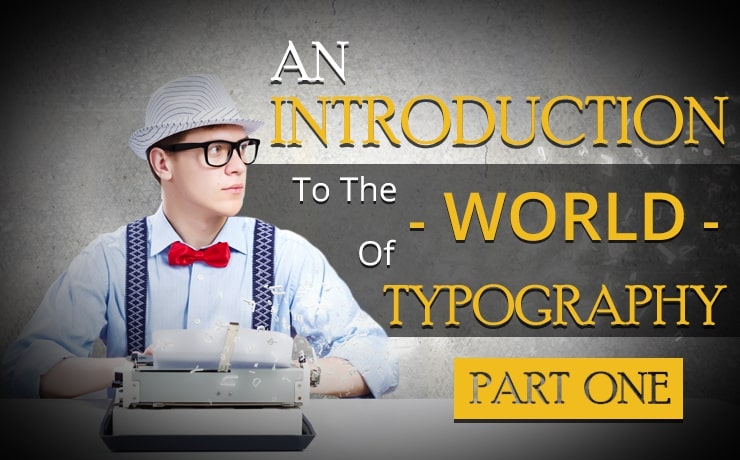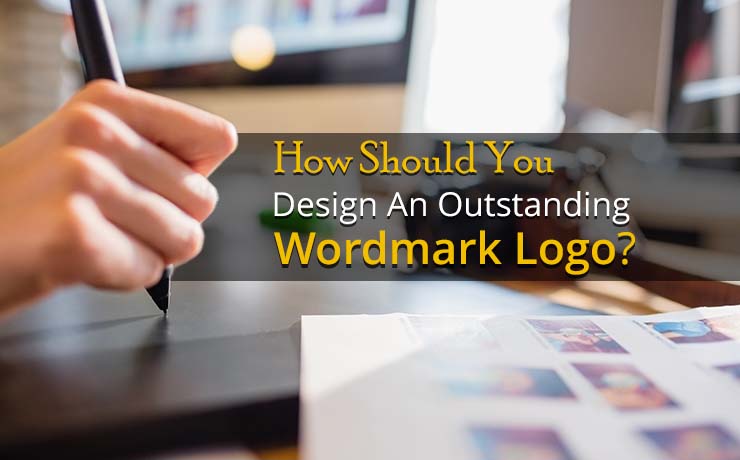An Introduction to the World of Typography | Part One

Chad Faith
Director of Content

For many web developers, businesses and bloggers, choosing a typeface is something of a secondary concern or afterthought. The logic here is that so long as your visitors can read what you’re publishing, it doesn’t really matter which font gets used.
As any true designer knows, this is far from the truth. Typography is actually very important and picking the right font can make all the difference when it comes to how long visitors remain on your site, how well they engage with your content and ultimately whether or not they choose to place an order.
In this two-part article, will look at just how important typeface is and how you can leverage it to the very best effect. By the end of the series, the aim is that you have a new appreciation for typeface and are in a much better position to start using it in your own web designs.
The History of Typography
Typefaces were born out of necessity (probably invented by Johannes Gutenberg) and before they came along, everything had to be transcribed. Over time the renaissance, the printing press, the industrial revolution, advertising and advent of computers all created new demands for new fonts. It’s an incredibly fascinating subject and if you’d like to learn more about the rich heritage you’re working with when considering your fonts, check out this fantastic video: The History of Typography – Animated Short. Weirdly enough, there’s also a great game that teaches the history of typography as you play called ‘Type : Rider’. Here is the Android version.
History then has dictated the various different fonts we use today. While there are man to look at, you can essentially split most fonts into three categories called ‘Old Style (Geralde)’, ‘Transitional’ and ‘Modern’. They can be told apart by the thickness of the vertical and horizontal strokes, as well as the appearance (or lack thereof) of ‘serifs’ (the small ‘feet’ at the ends).
Here is a more in-depth guide to different types of typeface.
Legibility vs. Readability
Did you know that there’s a difference between legibility and readability? They mean slightly different things: readability is how comfortable something is to read, while legibility is whether something can be read.
As you might imagine, you want to aim for both when choosing a typeface for your site. The aim is to make your content comfortable to read so that readers aren’t put off of blocks of text due to the effort involved in deciphering them. Even if that’s a minor effort, it can make a big difference – particularly considering that we tend to skim read most content anyway.
Why Typeface is Important and How to Know Which One Works for Your Site
Typeface is also very important for a number of other reasons. For starters, it will impact on the design and overall look and feel of your website. When you design a site or blog, your aim is that the design should be enticing (such that people want to stay on it and have a read), but also that it communicate a message regarding who your site is for and what it’s about.
To choose an extreme example, a website providing financial advice would hardly be taken seriously if it were to use entirely Comic Sans. At the same time, you might expect a website selling horror stories to use an at least somewhat Gothic typeface. Is your site modern? Is it scary? Is it green? Is it artistic? And which font will communicate that best without sacrificing legibility and readability?
In short, your choice of font can completely change the appearance of your site. On a basic level, it shows attention to detail, but it also shows much more than that. Next time we’ll look at how to combine different typefaces and where to find them so you can get started!
 Free
Consultation
Free
Consultation Free
Google Ads Audit
Free
Google Ads Audit







